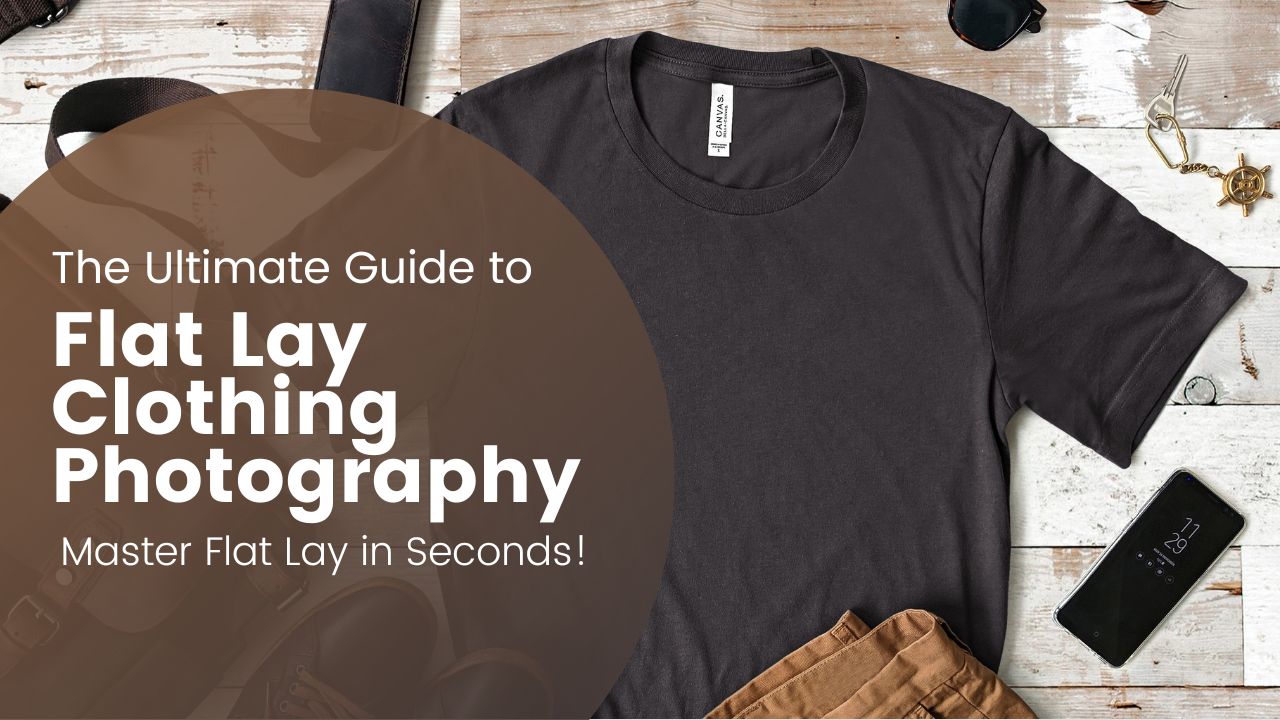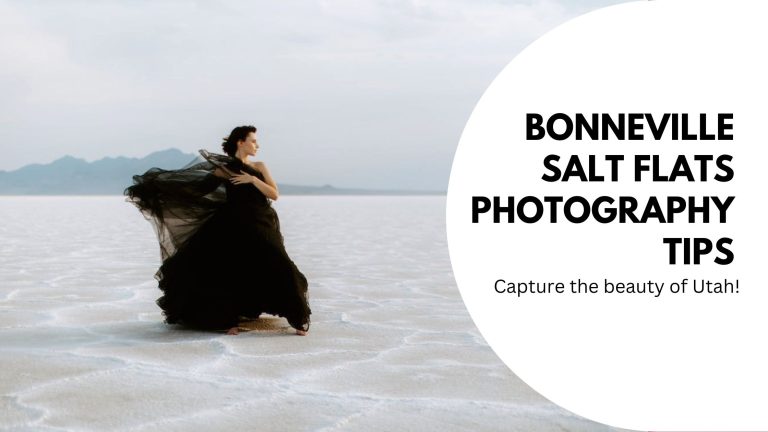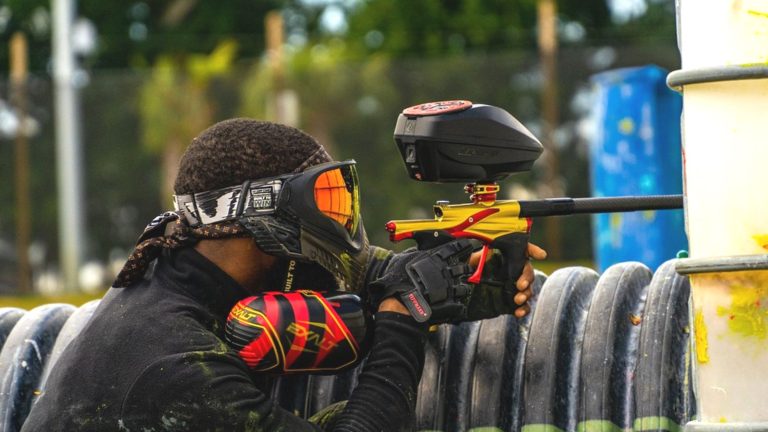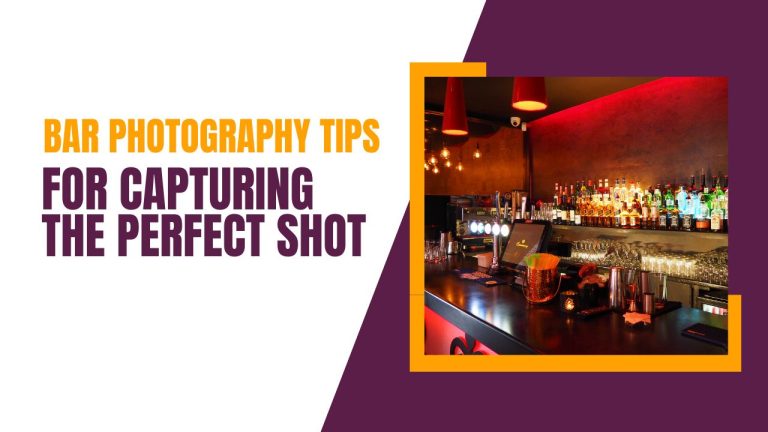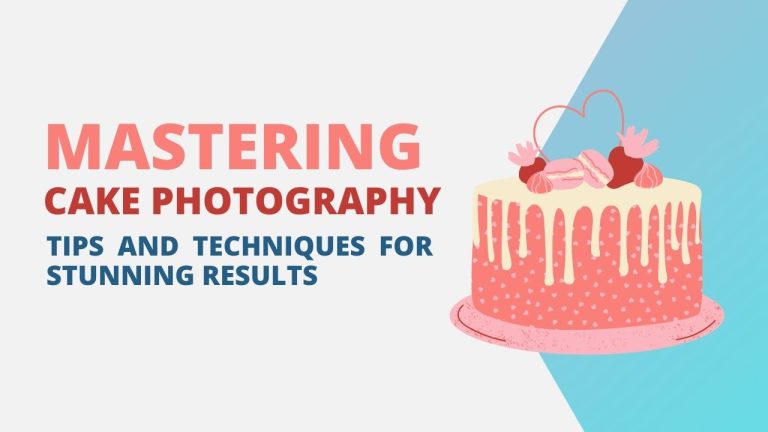Flat Lay Clothing Photography Tips and Tricks: The Ultimate Guide for Stunning Results
Flat lay photography is a popular technique used in the fashion industry to showcase clothing and accessories in a visually appealing way. It’s a great way to showcase an entire outfit, or to highlight specific items such as shoes or jewelry. But to create truly stunning flat lay photography, it’s important to pay attention to the details and to plan and prepare carefully. Follow these flat lay clothing photography tips and become a pro in it.
Planning and Preparation
Choosing a Background
The background is one of the most important elements of flat lay photography. A neutral colored background, such as white or gray, is typically the best option as it allows the clothing to stand out. However, you can also experiment with different colored backgrounds and textures to create a unique look. Avoid busy or distracting backgrounds as they can take away from the overall composition.
Selecting Clothing Items
When selecting clothing items for your flat lay, choose pieces that complement each other in terms of color, style, and design. Consider the overall aesthetic you’re trying to achieve and select items that will work well together. It’s also important to think about the season and the occasion for which the clothing is intended.
Arranging the Items
Once you’ve chosen your background and clothing items, it’s time to start arranging them. Play around with different layouts and compositions until you find something that you’re happy with. Don’t be afraid to make adjustments and try new things. Use items such as hangers, wooden blocks, or even books to help prop up clothing items and create different levels.
Camera Settings and Lighting
Camera and Lens Selection
When it comes to camera and lens selection, a DSLR camera with a medium-telephoto lens is typically the best option for flat lay photography. A medium-telephoto lens, such as a 50mm or a 85mm, will allow you to capture a wide field of view while still providing a shallow depth of field. This will help to keep the focus on the clothing, while blurring the background.
Lighting Setup and Positioning
Proper lighting is crucial for flat lay photography. A good lighting setup will ensure that your clothing is evenly lit and that there are no harsh shadows. A combination of natural light and studio lights can be used to create a well-lit environment. Experiment with different lighting setups and positions, such as overhead lighting or backlighting, to achieve the desired effect.
Camera Settings
To capture stunning flat lay photography, it’s important to pay attention to your camera settings. Use a low ISO and a small aperture (around f/11) to ensure that your entire composition is in focus. A faster shutter speed will also help to reduce camera shake and blur. Experiment with different shutter speeds and aperture settings to see what works best for your particular setup.
Composition and Styling
Creating a Visually Appealing Composition
When it comes to composition, the goal is to create a visually pleasing and balanced image. Use the rule of thirds, where the main subject is placed along one of the intersecting lines, to create a sense of movement and interest. Also, play around with the angles, for example, shooting from above or below to create a different perspective.
Adding Props and Accessories
Props and accessories can add an extra layer of interest to your flat lay photography. Consider incorporating items such as jewelry, shoes, bags, and other accessories to add depth and dimension to your images. These items can also help to tell a story or convey a certain mood or theme. For example, a pair of sunglasses can convey a sense of summer, while a scarf can suggest fall. Be creative and have fun with it.
Incorporating Negative Space
Negative space is the empty space around the main subject. Incorporating negative space can help to create a sense of balance and simplicity in your flat lay photography. Negative space can also be used to draw the viewer’s attention to a specific item or area of the image. Experiment with different amounts of negative space to see what works best.
Post-processing and Editing
Basic Editing Techniques
Once you’ve captured your flat lay photos, it’s time to edit them. Basic editing techniques such as cropping, adjusting color and contrast, and removing any unwanted elements can help to enhance the overall look and feel of your images. Use software such as Lightroom or Photoshop to make these adjustments.
Adjusting Color and Contrast
Adjusting the color and contrast can help to make your flat lay photos pop. Experiment with different settings until you find the perfect balance that brings out the best in your images. Pay attention to the colors of the clothing and accessories, and make sure they are true to life.
Final Retouching and Cropping
Finally, take a look at your images as a whole and make any final adjustments. Crop your image to focus on the main subject, and retouch any small imperfections that may be present. Pay attention to the details and make sure the final image is polished and professional.
Outsourcing Clothing Photo Editing
After capturing the perfect shot, it’s important to make sure your images are polished and ready for publication. While editing and post-processing can be done using software such as Lightroom or Photoshop, it can also be time-consuming and requires a certain level of skill and experience. One alternative solution is to outsource your clothing photo editing to professional photo editors. They have the expertise and experience to take your images to the next level, and can handle tasks such as color correction, retouching, and resizing.
Outsourcing your photo editing can save you time and ensure that your images are of the highest quality. Additionally, you can also outsource the entire flat lay photography process to professional photographers, who can handle everything from planning and preparation to capturing the final shots.
5 Expert Bonus Tips for Achieving Stunning Flat Lay Photography Results
Use a tripod
One of the best ways to ensure sharp and steady images is by using a tripod. This is especially important when working with a slower shutter speed or a small aperture, as even the slightest movement can cause blur. A tripod will also help to keep your camera level and in the same position, making it easier to take multiple shots and to achieve consistent results.
Experiment with different angles
Flat lay photography doesn’t have to be limited to shooting from directly above the items. Experiment with different angles, such as shooting from the side, or even from below, to create a different perspective and add visual interest to your images.
Incorporate shadows
Shadows can add depth and dimension to your flat lay photography. Experiment with different lighting setups and angles to create interesting and dynamic shadows. Shadows can also be used to convey a sense of movement or to draw the viewer’s attention to a specific area of the image.
Use a polarizing filter
A polarizing filter can help to reduce glare and reflections, making it easier to capture the true colors of your clothing and accessories. It can also help to create deeper, more saturated colors and to improve the overall contrast of your images.
Take multiple shots
Finally, don’t be afraid to take multiple shots. It’s important to capture different angles and compositions to ensure that you have a good selection of images to choose from. Digital cameras make it easy to take multiple shots, so take advantage of this and experiment with different settings and compositions.
Conclusion
In conclusion, flat lay clothing photography is a challenging but rewarding field. By following these tips and tricks, you’ll be well on your way to creating stunning images that showcase your clothing and accessories in the best light possible. Remember to experiment, practice, and never be afraid to try new things. Additionally, you can also look for inspiration in the work of other photographers, and learn from their techniques and compositions. Happy shooting!

